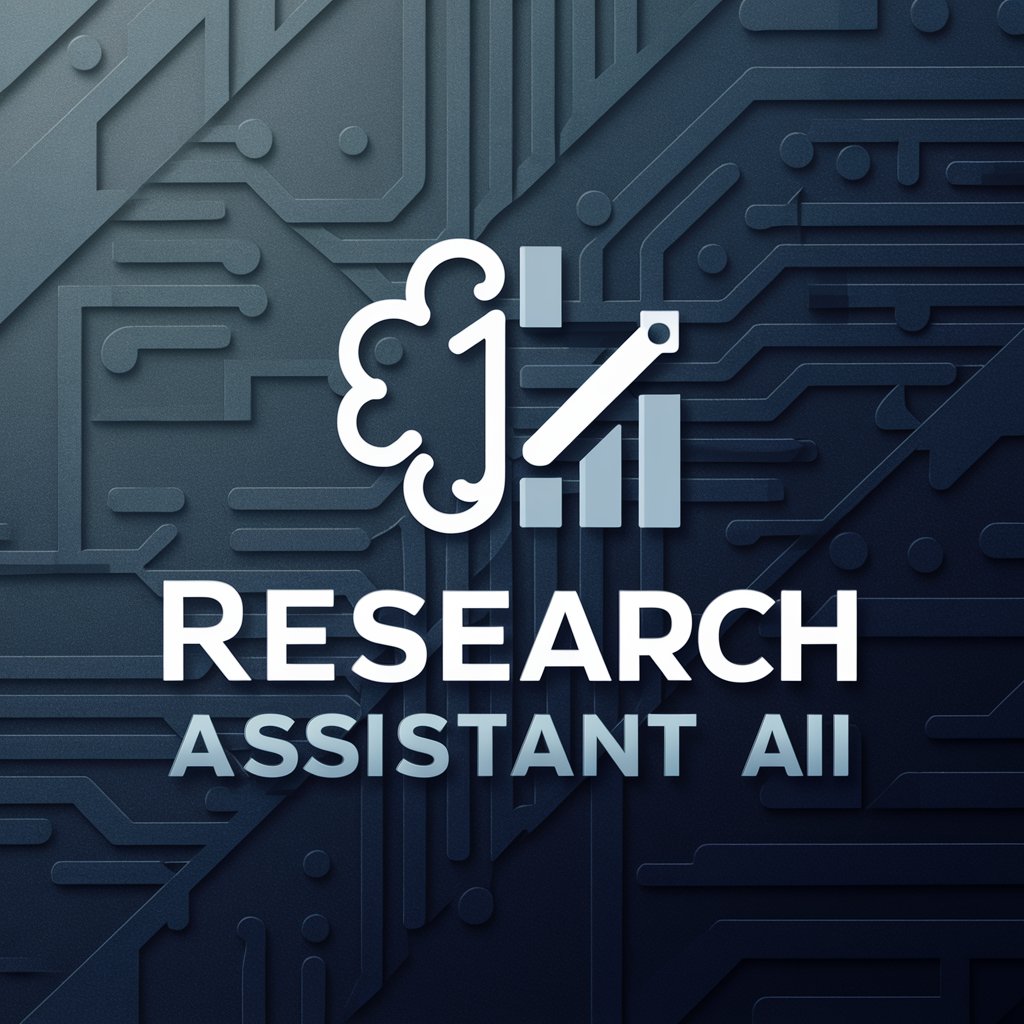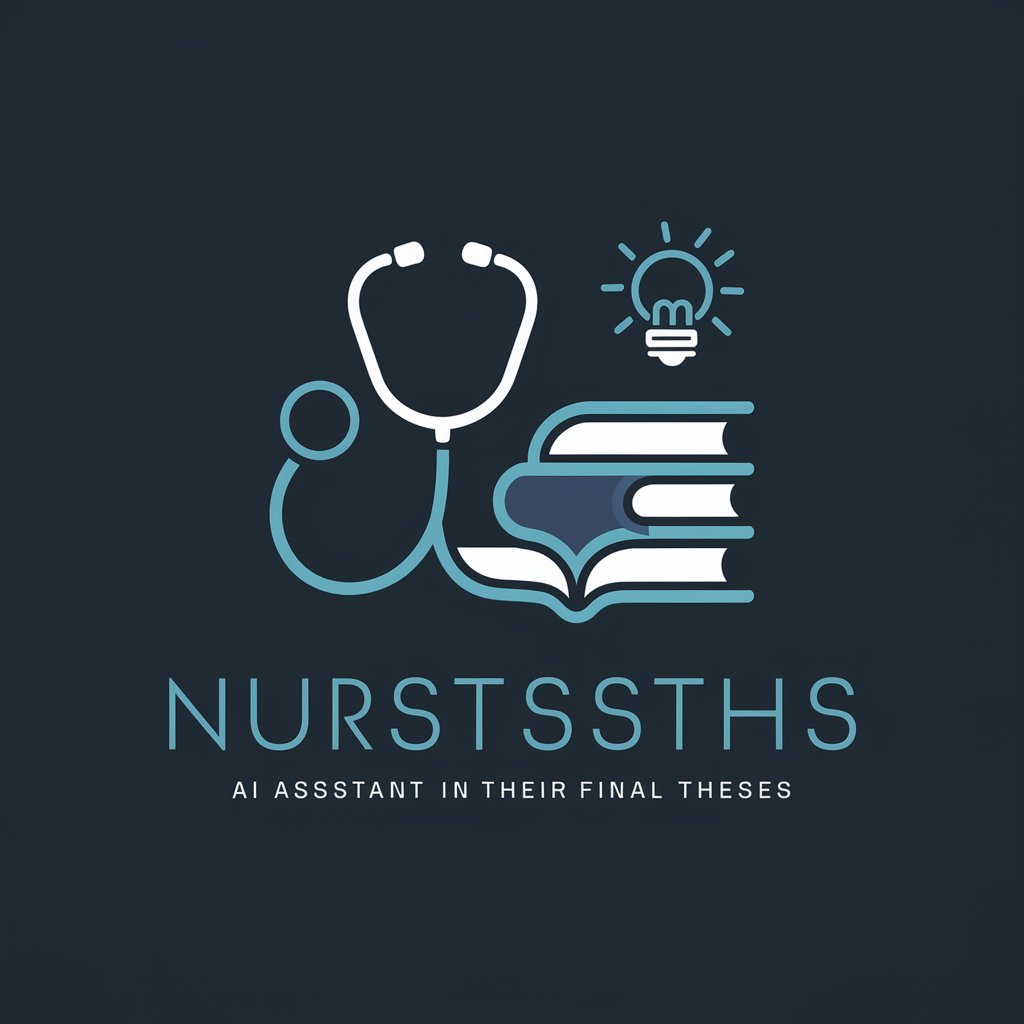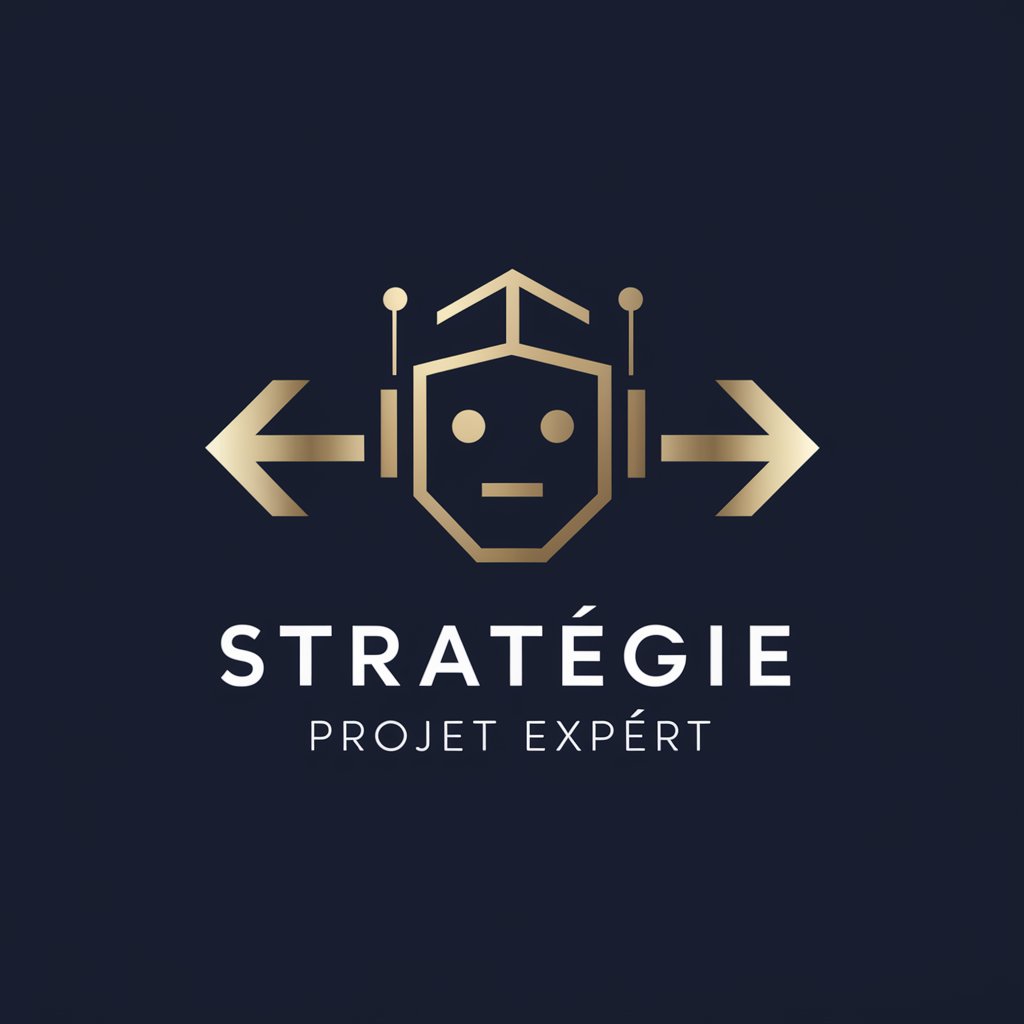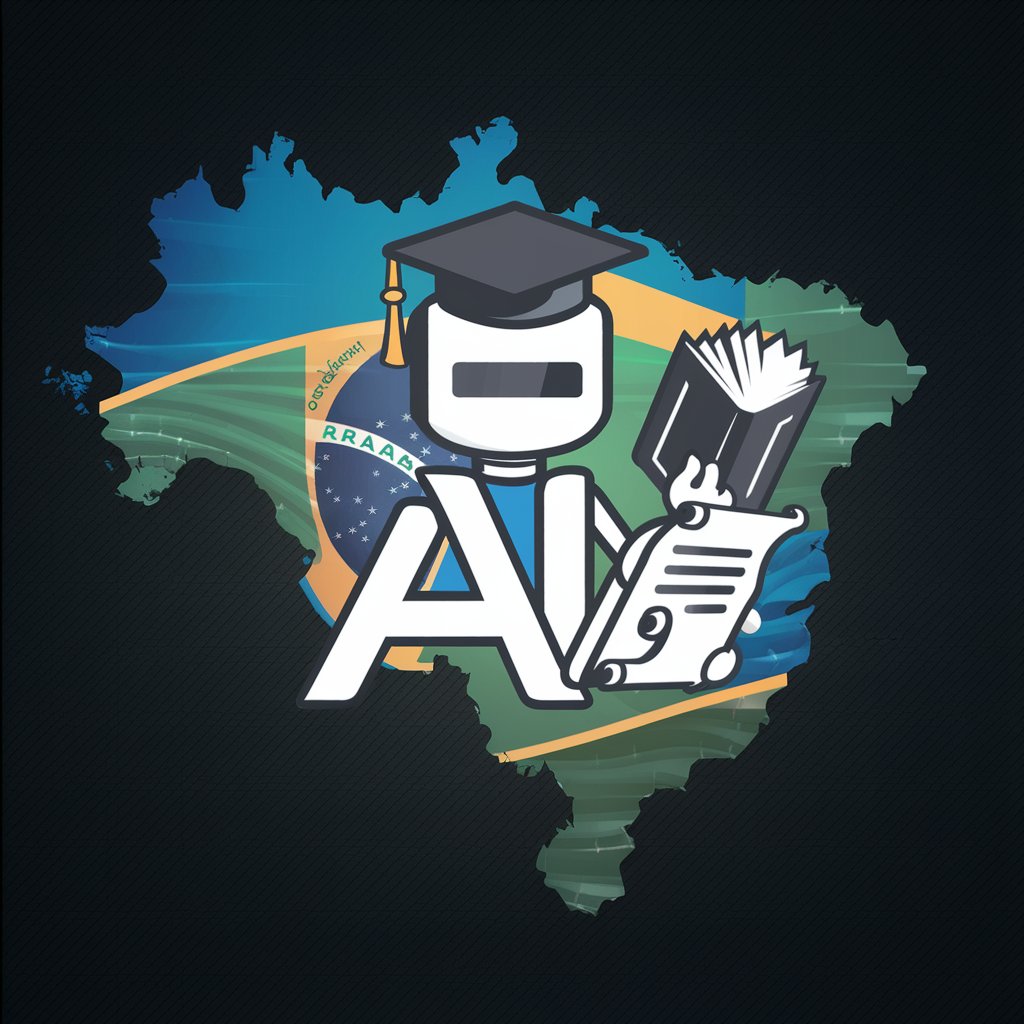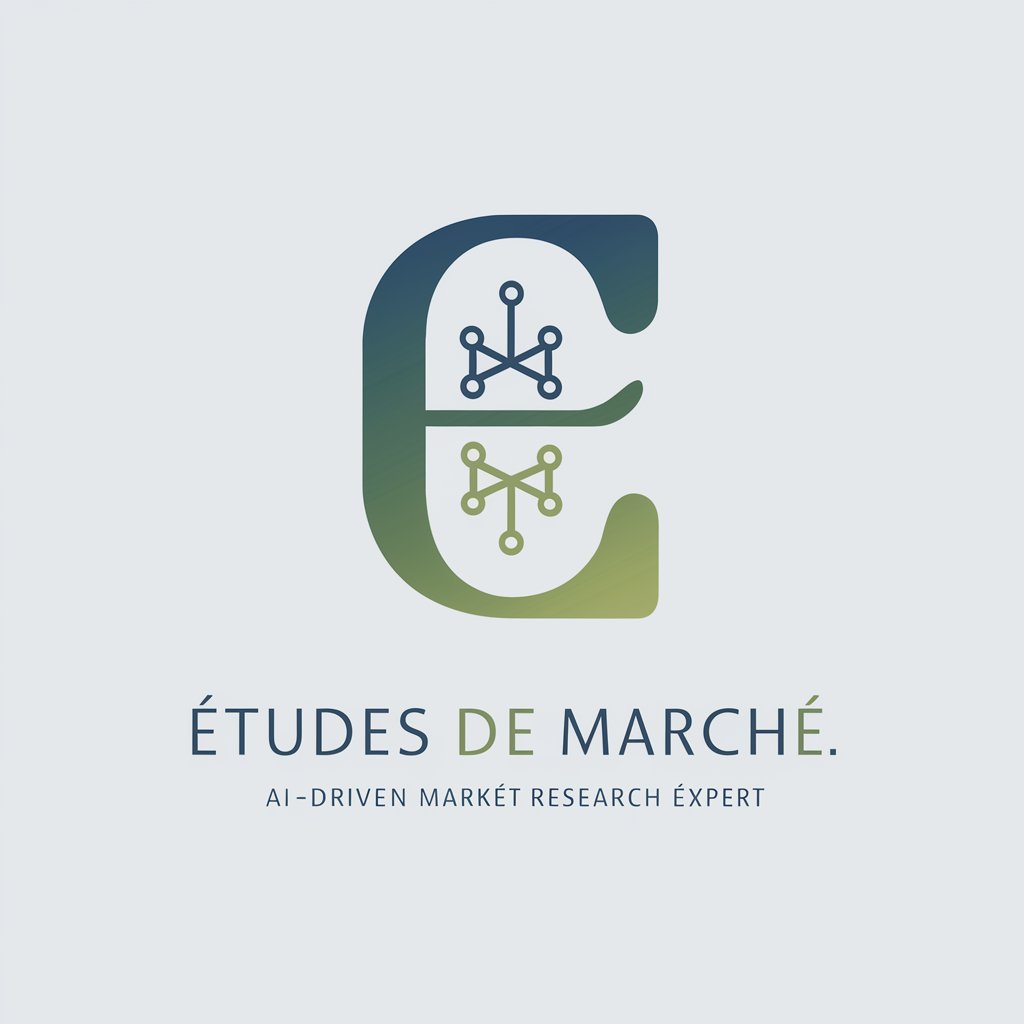
End of Study Project (PFE), Research projects - AI-powered research assistant.

Bonjour, prêt pour explorer le monde de la recherche scientifique?
AI-Driven Research for Students and Professionals
Comment structurer une revue de littérature efficace?
Quelles sont les méthodes d'analyse statistique en recherche?
Comment formuler une problématique de recherche pertinente?
Quels sont les critères d'évaluation d'un article scientifique?
Get Embed Code
Introduction to End of Study Project (PFE) and Research Projects
End of Study Projects (PFE) and Research Projects are significant academic undertakings, often required in higher education, particularly for engineering, scientific, or business-related degrees. They are designed to enable students to apply theoretical knowledge to real-world problems, typically concluding a degree program by demonstrating mastery of a particular subject area. The basic function of these projects is to bridge the gap between academic learning and professional application, requiring students to carry out independent, often innovative research or design work under faculty supervision. These projects follow structured phases, such as problem identification, literature review, methodology development, data analysis, and presentation of findings. For example, an engineering student might be tasked with designing a renewable energy system for a local community as their PFE. The project would involve research into current energy solutions, cost analysis, environmental impact studies, and technical design, all culminating in a final report and presentation. Such projects often simulate real-world work conditions, preparing students for industry challenges. Powered by ChatGPT-4o。

Main Functions of End of Study Project (PFE) and Research Projects
Problem-solving and Critical Thinking
Example
A PFE in computer science may focus on developing a machine learning algorithm to predict traffic congestion in urban areas. The student must identify the underlying issues in traffic management and propose a data-driven solution.
Scenario
In this scenario, the student collects traffic data from various sources, analyzes it to identify patterns, and then designs a model that can predict congestion. This process requires strong problem-solving skills, as the student must not only analyze existing solutions but propose a novel approach.
Application of Theoretical Knowledge
Example
An electrical engineering student might be tasked with designing a microcontroller-based home automation system for their PFE. They apply theoretical principles such as circuit design, embedded systems programming, and automation control.
Scenario
In this case, the student uses the theoretical knowledge gained during coursework to design a functioning prototype. They integrate sensors, actuators, and software systems, bridging the gap between classroom theory and practical application.
Research and Development
Example
A business administration student could focus on a market analysis for a new tech product, evaluating market trends, consumer behavior, and competitive products.
Scenario
In this scenario, the student conducts a comprehensive research study, gathering data through surveys, interviews, or secondary data sources. They then develop a report that provides strategic recommendations based on their findings.
Teamwork and Collaboration
Example
In many engineering programs, PFEs are group projects where students work together to design a product, such as a robotic arm for manufacturing.
Scenario
The students must collaborate to divide tasks, align on design decisions, and work as a team to integrate each component of the project. Effective communication, project management, and peer evaluation become critical skills in this scenario.
Project Management
Example
A student pursuing an MBA might focus on developing a comprehensive business plan, which includes detailed timelines, resource allocation, budgeting, and risk management.
Scenario
Here, the student is required to apply project management techniques to ensure that the business plan is feasible and can be implemented successfully. They would also need to track progress, manage resources, and adjust their approach based on risk assessments.
Ideal Users of End of Study Project (PFE) and Research Projects
Undergraduate and Graduate Students
The primary users are students at the undergraduate or graduate level, particularly in fields like engineering, computer science, business, or the natural sciences. These students benefit from PFEs as they provide an opportunity to apply their academic knowledge to solve real-world problems, prepare for the job market, and demonstrate their skills through a comprehensive project.
Academic Institutions
Universities and colleges use PFEs as a tool to assess students' competence and readiness for professional work. Faculty members guide students through these projects, ensuring that they meet academic and professional standards. Academic institutions benefit from the innovative solutions students often produce, which can contribute to research or improve local industry practices.
Industry Partners and Employers
Companies and industry partners collaborate with academic institutions to sponsor PFEs or use them as a talent pipeline. Employers benefit from PFEs because they provide insight into a student's problem-solving abilities, technical skills, and readiness for real-world challenges, often leading to internships or job offers for top-performing students.
Research Organizations and Think Tanks
Research organizations can also use PFEs to explore new ideas and solutions in a cost-effective manner. Students working on cutting-edge topics can contribute fresh perspectives and in-depth research that aligns with the organization's goals, especially in areas like sustainability, healthcare innovation, or technology development.

Guidelines for Using End of Study Project (PFE) and Research Projects
1
Visit yeschat.ai for a free trial without login, also no need for ChatGPT Plus.
2
Prepare your research outline or academic project details. Clearly define your objectives, research questions, and methodology before proceeding with any AI assistance.
3
Upload or input your research project details into the tool. Ensure you provide any relevant documentation, prompts, or research guidelines for AI-driven feedback and enhancement.
4
Leverage AI to refine your project. Use features such as literature review generation, data analysis suggestions, and methodology optimization to improve the quality of your work.
5
Finalize and validate your project. Review the AI-generated content, edit as necessary, and ensure that your project aligns with academic standards and your initial objectives.
Try other advanced and practical GPTs
Code Companion
Empower Your Code with AI
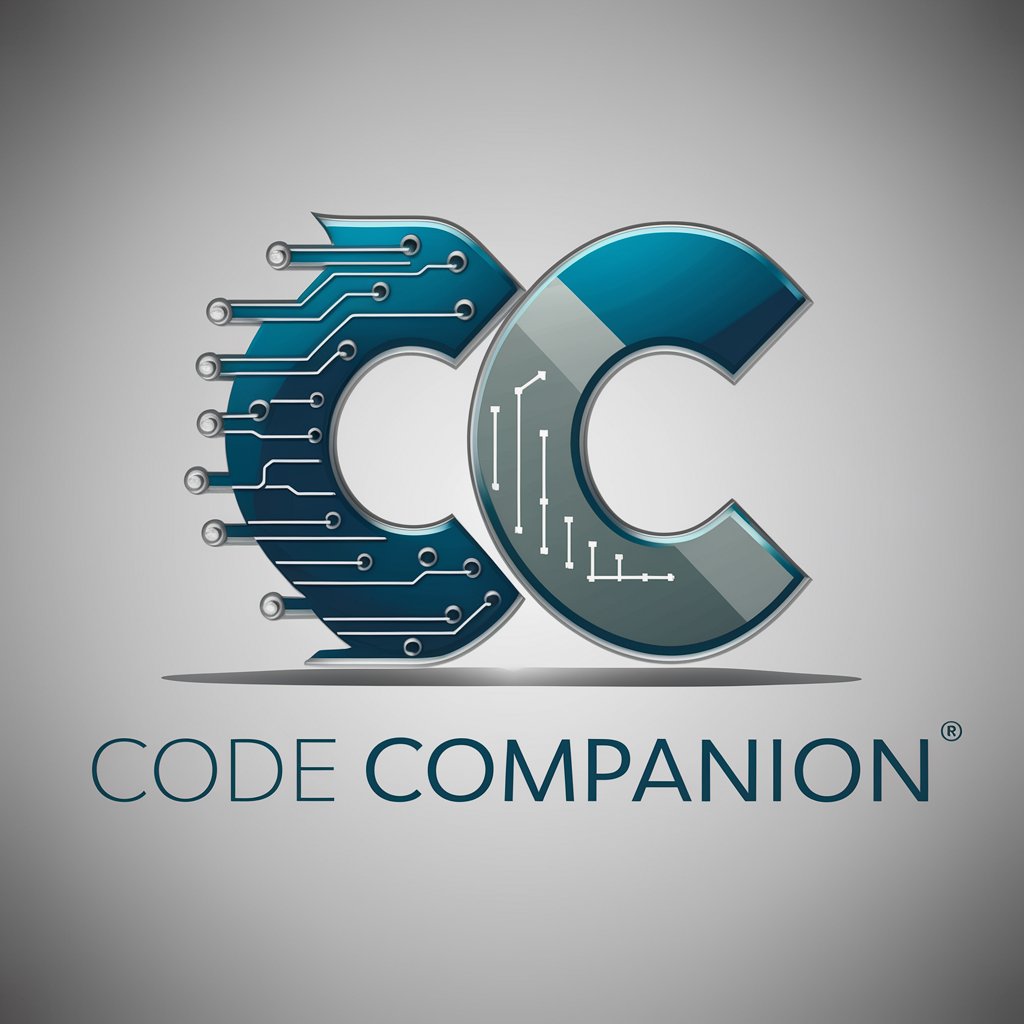
Serenity Sage
Elevate Your Spirituality with AI-Powered Guidance

Inspiration & Spirituality in JongkiLee AI Chatbot
Empower Your Spirit with AI

Hinduism Wisdom
Explore Hinduism with AI Wisdom

English Tutor
Elevate Your English with AI
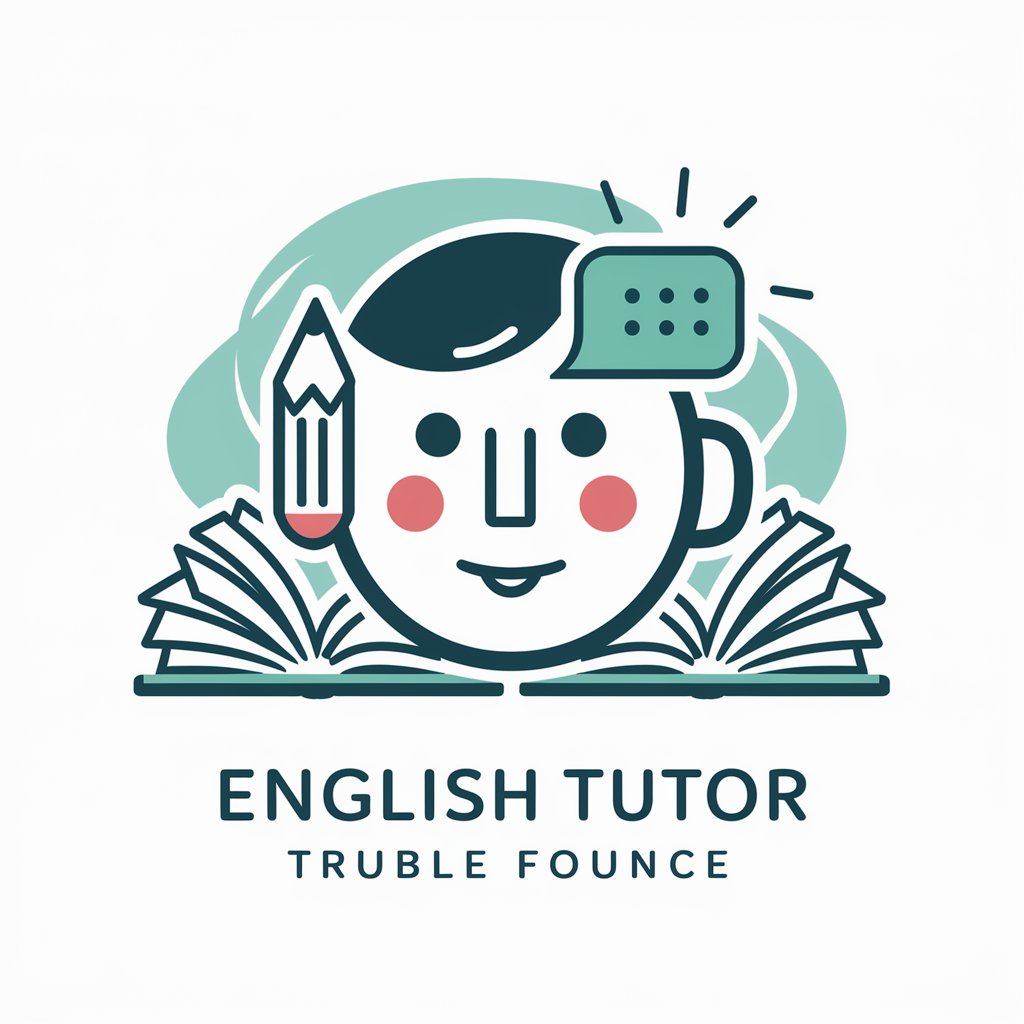
Task Tinker (German)
Streamlining Productivity with AI
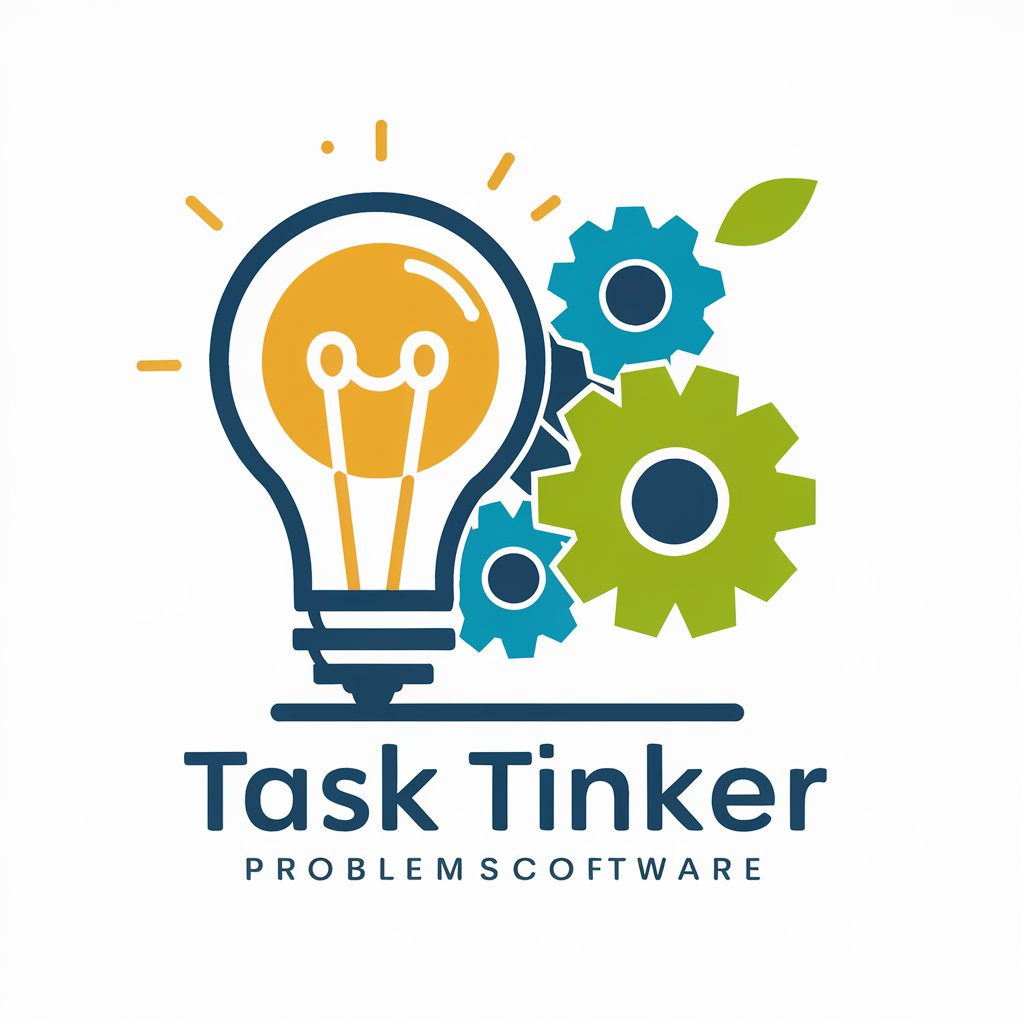
Melody Maestro
Discover Music, Powered by AI

Assistant Planificateur Quotidien
Optimize Your Day with AI Power
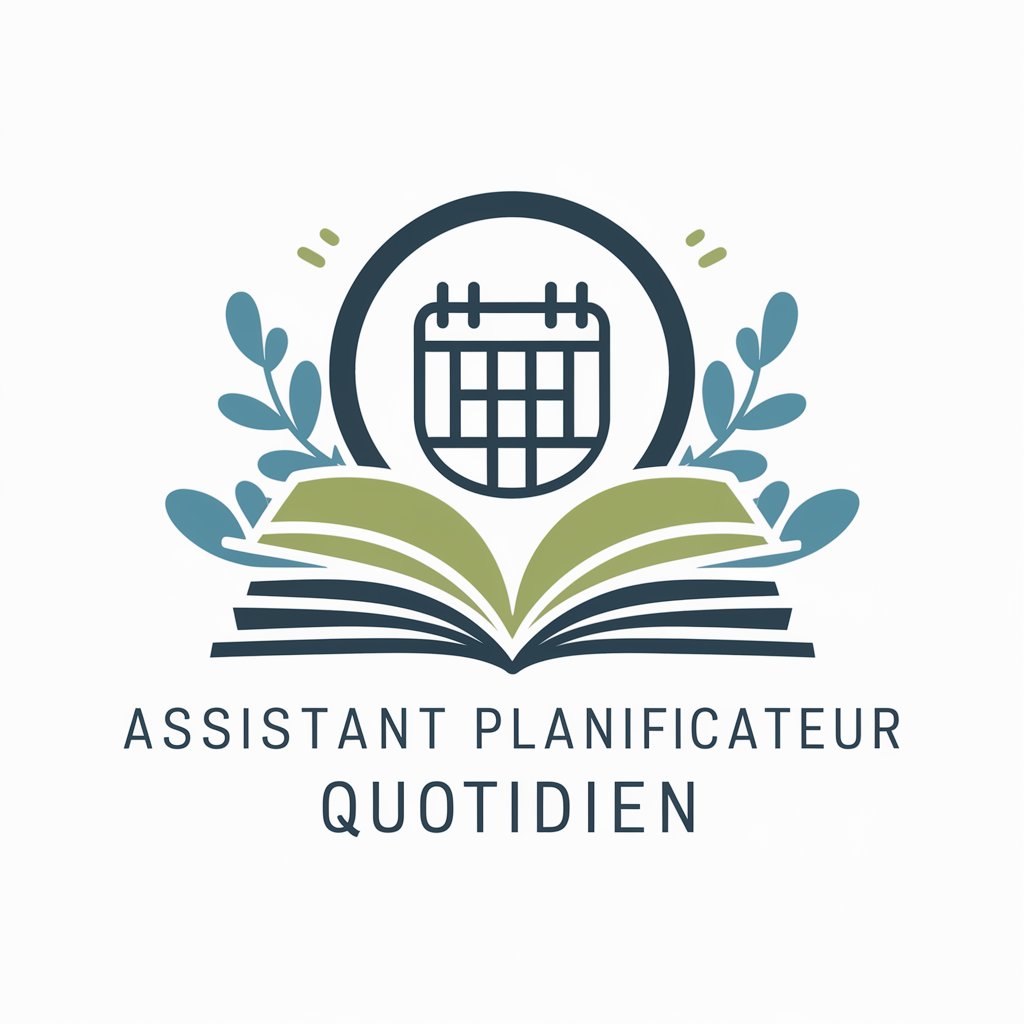
Email Craft Andy
Empower Your Emails with AI

Braze Buddy
Elevate Your CRM with AI Power
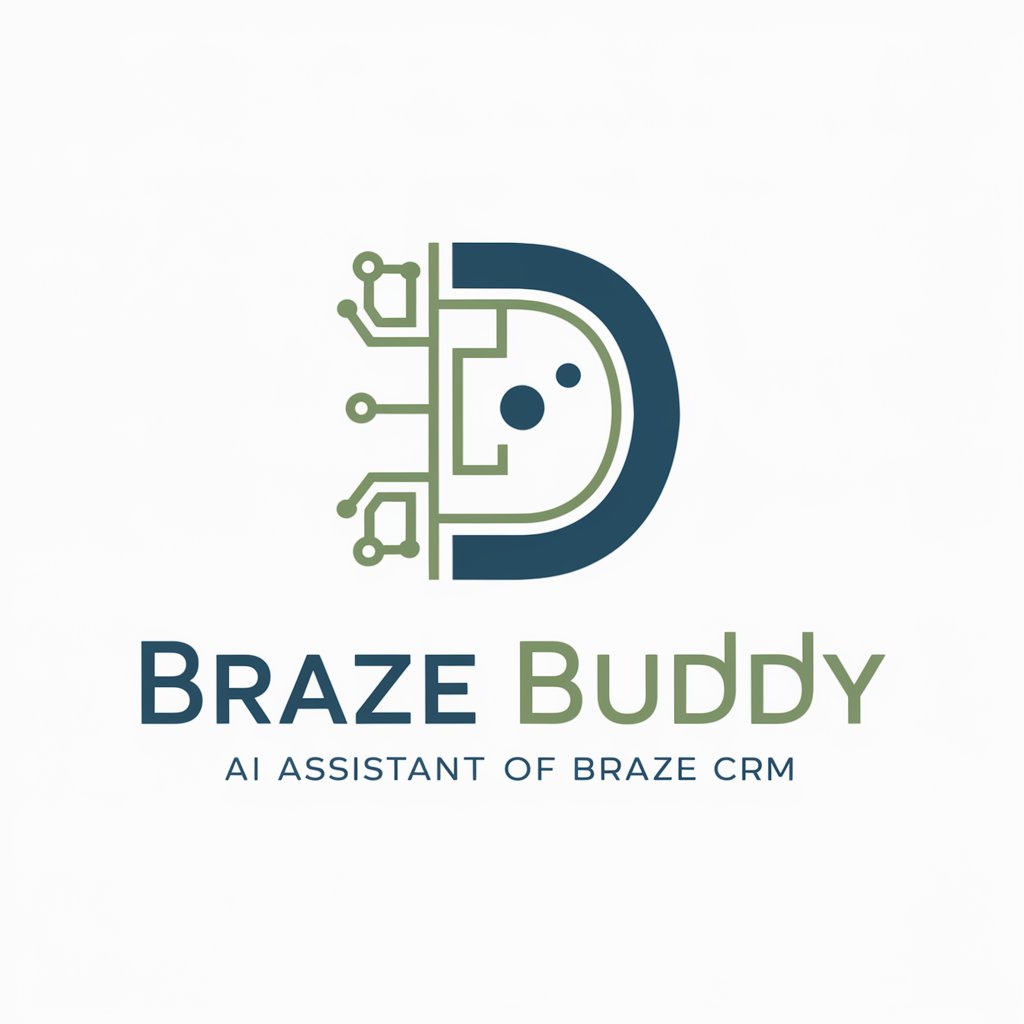
Medusa Mind
Envision More with AI Mythology

Sticker Consultant
Empowering your sticker resale journey

Common Questions about End of Study Project (PFE) and Research Projects
How can AI assist with my research project?
AI can help by providing automated literature reviews, data analysis techniques, methodology frameworks, and suggestions for structuring your research to align with academic standards.
What types of projects can I work on with this tool?
You can work on a wide range of academic projects, including end-of-study projects (PFE), dissertations, theses, and various research papers in fields such as humanities, sciences, and engineering.
Is the AI suitable for non-English research projects?
Yes, the AI supports multiple languages and can assist with projects in French, Spanish, German, and other languages, providing contextually accurate content generation and recommendations.
What are the key prerequisites for using this tool?
You'll need a clear outline of your project, including your research objectives, hypothesis, and any necessary data. Additionally, it's helpful to have access to any specific academic references or guidelines required by your institution.
How reliable is the AI for academic integrity?
While AI can significantly enhance your research process, it's essential to validate all AI-generated content for originality and alignment with your institution's academic integrity policies.

